Medlar fruits ripen in September. The curious thing is that they remain on the tree even after the leaves fall off until the end of November. They are brown-green little balls. One end has the remains of the calyx. They possess a sweet-tart flavor and seeds that are as hard as a pit.
September and October are the months most suitable for picking medlar. Initially they are quite hard but eventually they become soft and aromatic. They bruise easily which is why care must be taken when picking them. If picking them before the first frost, leave them in wooden boxes or crates in thick layers. Store them like this in a cool, ventilated area. They last up to 2 months after picking.
After you do pick them, they continue ripening. During that period, check on them often, immediately removing or consuming any softened or crushed fruits. If you leave them in, they will get moldy and ruin the other medlars.
If picking the medlars after several frosts, they often dry, wilt and become unfit for consumption. So if picking them after the frost, they will have already softened and need to be eaten or preserved right away, since they cannot last long and start to rot.
Like many other fruits, medlars are usually eaten raw. But when you have large quantities of them, the best solution for saving their unique taste longer is to make them into marmalade.
Medlar Marmalade
Ingredients: 6.5 lb medlars, 2 lb sugar.
Preparation: Pour a little water over the fruits and put them on the stove to saute. To soften them completely, it's best to pass them through a colander or sieve.
Let the medlar mush simmer for a little while. Add in the sugar, and boil until a furrow forms when you pass a spoon along the bottom of the container.
While still warm, distribute the medlar marmalade into pre-heated jars. Let it cool completely, then close.
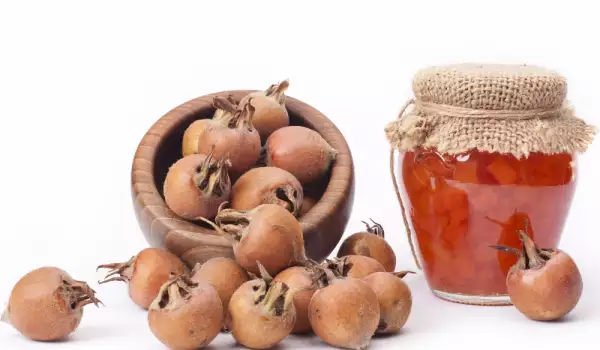
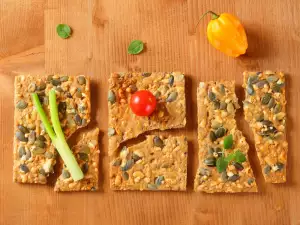
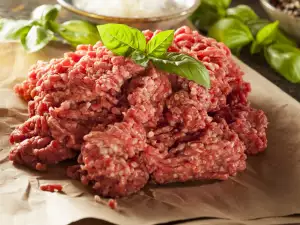




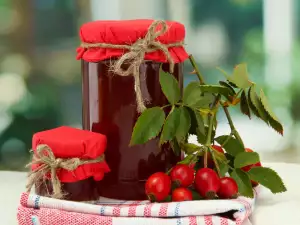

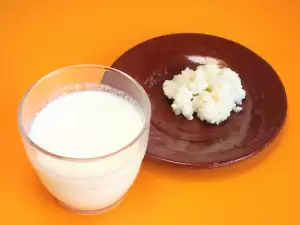
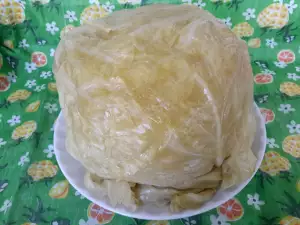
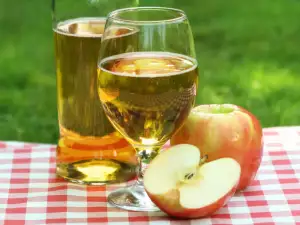
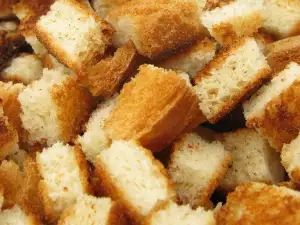
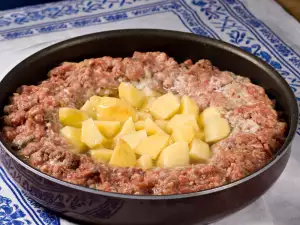
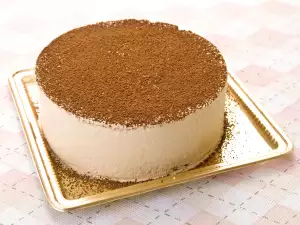
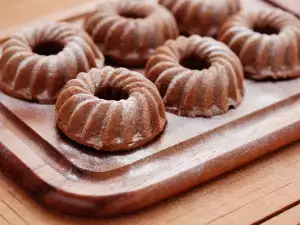




Comments